Crown molding transition
cathie2029
11 years ago
Related Stories
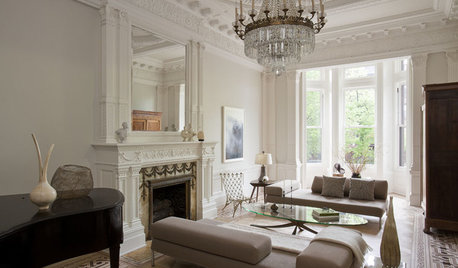
REMODELING GUIDESCrown Molding: Is It Right for Your Home?
See how to find the right trim for the height of your ceilings and style of your room
Full Story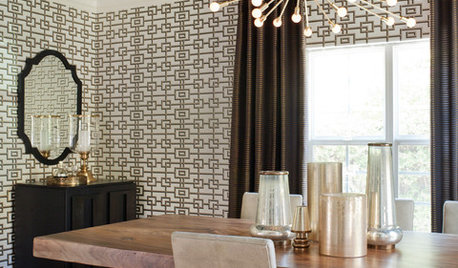
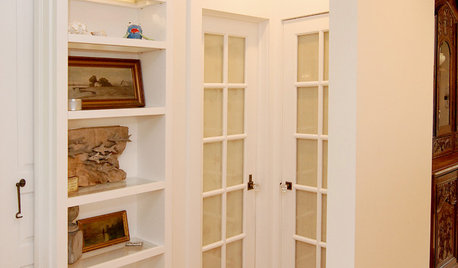
REMODELING GUIDESHow to Size Interior Trim for a Finished Look
There's an art to striking an appealing balance of sizes for baseboards, crown moldings and other millwork. An architect shares his secrets
Full Story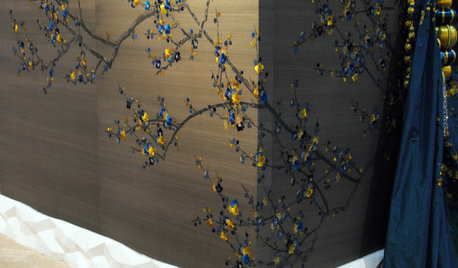
REMODELING GUIDESDesign Details: Moldings — or Not?
16 new and unusual ways to trim your doors, floors and ceilings
Full Story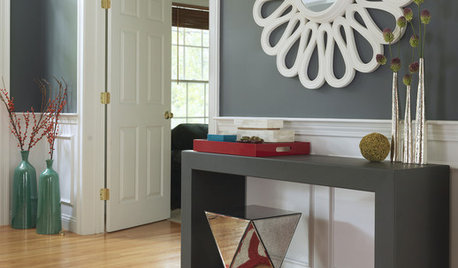
REMODELING GUIDESFrame Your Views With Great Moldings and Casings
How to Work With Trim to Give Your Space Depth and Interest
Full Story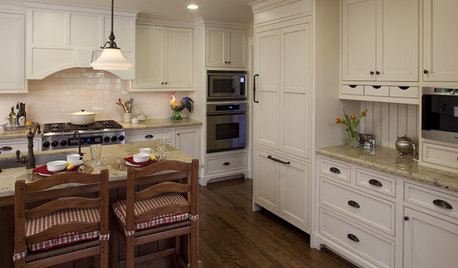
KITCHEN DESIGN9 Molding Types to Raise the Bar on Your Kitchen Cabinetry
Customize your kitchen cabinets the affordable way with crown, edge or other kinds of molding
Full Story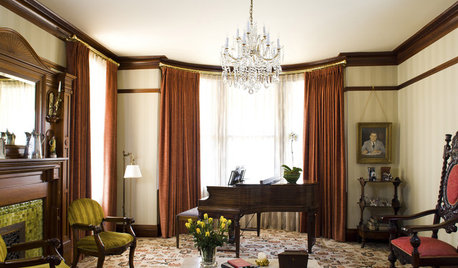
GREAT HOME PROJECTSHow to Bring Out Your Home’s Character With Trim
New project for a new year: Add moldings and baseboards to enhance architectural style and create visual interest
Full Story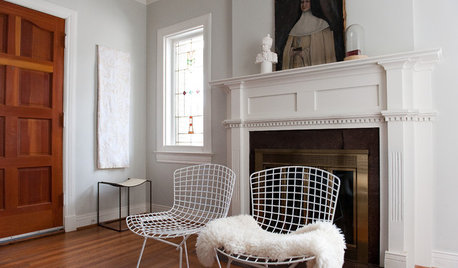
DESIGN DICTIONARYDentil Molding
Notched rectangular wood blocks carved into molding give it a toothy appearance
Full Story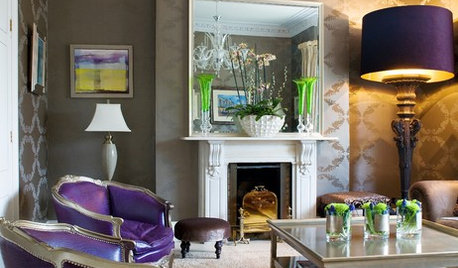
TRIMMolding: Add Texture by Detailing Your Detail
Take the Architectural Accent to the Next Level with These Extra Elements
Full Story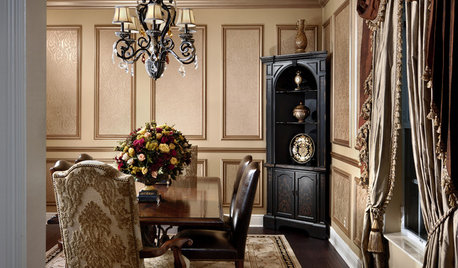
DINING ROOMSWays with Moulding in the Dining Room
The Design Detail Adds Drama to These Dining Areas
Full StoryMore Discussions






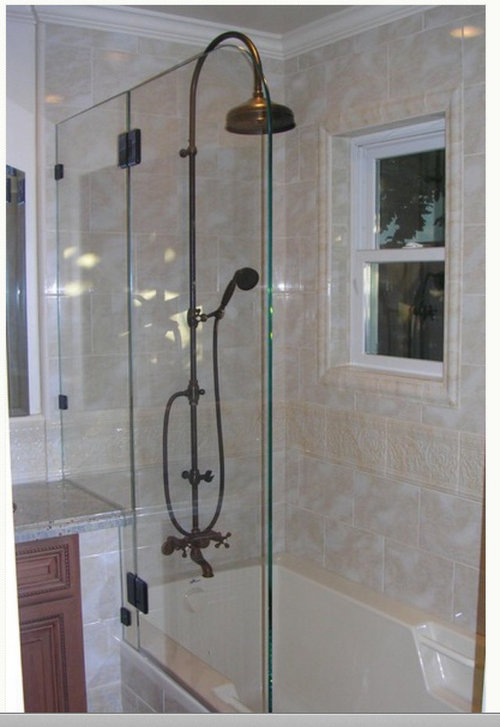
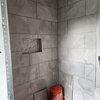
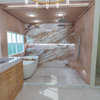
susanjf_gw
cathie2029Original Author
Related Professionals
Georgetown Kitchen & Bathroom Designers · Hammond Kitchen & Bathroom Designers · Saratoga Springs Kitchen & Bathroom Designers · Chicago Ridge Kitchen & Bathroom Remodelers · Deerfield Beach Kitchen & Bathroom Remodelers · League City Kitchen & Bathroom Remodelers · Luling Kitchen & Bathroom Remodelers · Pico Rivera Kitchen & Bathroom Remodelers · Port Arthur Kitchen & Bathroom Remodelers · Palestine Kitchen & Bathroom Remodelers · Emeryville Glass & Shower Door Dealers · Leander Glass & Shower Door Dealers · Saratoga Springs Glass & Shower Door Dealers · Glen Mills Glass & Shower Door Dealers · Casas Adobes Cabinets & CabinetryMongoCT